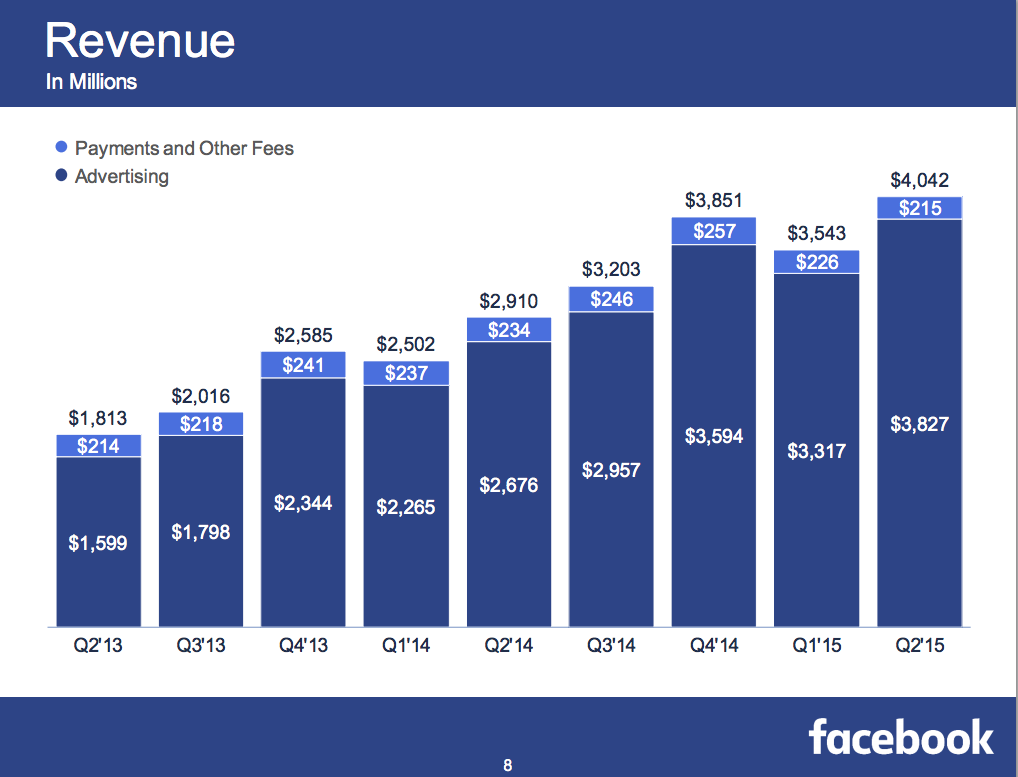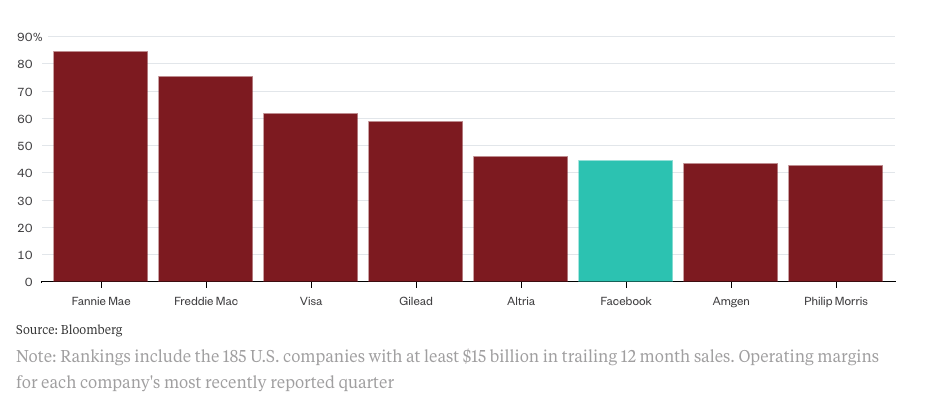Media
Facebook May Have Just Ushered in a New Era for Mobile Video
For years, Facebook has denied that it’s a media company.
Sheryl Sandberg, COO; Chris Cox, CPO; and Mark Zuckerberg, co-founder and CEO, have all flatly said that Facebook is a tech company. But over the last few years, that position has become less tenable.
Now, it seems that Facebook has finally accepted the premise that it is, at the very least, inextricably linked with the media industry. In December, Zuckerberg made some telling remarks in a video chat with Sandberg:
Facebook is a new kind of platform. It’s not a traditional technology company. It’s not a traditional media company… We don’t write the news that people read on the platform. But at the same time, we also know that we do a lot more than just distribute news, and we’re an important part of the public discourse.
That changing perspective continues to evolve. Last week, Facebook hired former NBC anchor Campbell Brown for a “Head of News Partnerships” position. On Monday, Recode reported that Facebook will begin sharing video ad revenue with media partners. And on Wednesday, Facebook announced “The Facebook Journalism Project,” an initiative that will include products and training for both journalists and audiences.
However, of all the recent updates, Facebook’s decision to begin sharing revenue with media partners is the most important. Here’s why.
Facebook is now a legitimate revenue creator for partners
Since Facebook first introduced its native video player, back in 2014, the majority of media partners (both larger companies and independent creators) have published videos on the platform without receiving any compensation. The company paid an exclusive set of partners to post Facebook Live videos, but otherwise creators have seen exactly zero revenue.
Now, partners will begin to monetize the audiences they’ve built on the platform. According to reports, Facebook is planning to offer a 55 percent revenue share—exactly in line with what YouTube offers its creators. That means that video businesses can see immediate returns, just like on YouTube.
It’s possible that Facebook has cracked a newer, mobile-first form of video viewing that will be irresistible.
As a result of the new system, YouTubers and other digital video organizations may begin to focus more of their efforts on Facebook, which boasts a larger user base and, despite controversy over inflated view metrics and measurement mistakes, has touted explosive growth in video viewing. It also means that competition for views will ramp up immensely among Facebook pages, which should only be a good thing for Facebook’s core business model of keeping users engaged.
Facebook undermines its revenue model—for now
Facebook’s revenue has exploded since 2013:

Much of that rise comes from incredible user growth overseas, as well as Instagram opening its doors to advertisers. But it’s also the result of enviable operating profit margins. As the chart below shows, Facebook has wider operating margins than all but five U.S. companies.

But it’s worth noting that YouTube’s revenue sharing appears to have cut into its profit margins. As Shira Ovide of Bloomberg argues, Facebook has such a wide operating margin because it hasn’t had to invest in the content that drives its ad revenue. That’s going to change now that it will share ad revenue with partners.
Revenue sharing should benefit Facebook in the long run, however. For one, there was no guarantee that media partners would stick around much longer without any sort of compensation. The move also means there will be a flood of ad revenue from Facebook video, even if it is only 45 percent of the total.
Facebook probably hopes its incredible reach and equitable revenue-sharing model leads to a mass migration of content creators from other platforms. Considering that YouTubers have been up in arms over YouTube’s poor communication, there is an opening Facebook could exploit.
But will advertisers bite?
Facebook video is radically different from video formats that have come before it.
While YouTube emerged in a pre-mobile era, Facebook video was built for mobile first. It’s easy to see how that dynamic has affected both platforms: While YouTube focuses on longer, subscription-based video viewing, Facebook video shows up in a feed, meaning you passively scroll past videos rather than actively search for them. They autoplay (without sound), and they’re generally quite short. Facebook counts a video view as three seconds; YouTube uses 30 seconds (though it is possible to pay per 10-second views).
In other words, Facebook video is unlike TV, digital video, and other formats that advertisers are already comfortable with in almost every way.
The company’s plans for its video ad formats are an excellent example. Facebook is reportedly testing “mid-roll” ads, which are basically short commercials that will interrupt a video midway through its run. YouTube introduced mid-rolls back in 2015, and also runs pre- and post-rolls.
The difference, however, is that YouTube requires videos to be longer than 10 minutes before allowing mid-roll ads. Facebook’s requirement? 90 seconds.
Facebook video is unlike TV, digital video, and other formats that advertisers are already comfortable with in almost every way.
Relative to other ad-supported media, that is a remarkably short benchmark. TV networks show about 15 minutes of ads every hour, which translates to two or three ad breaks for a 30-minute show. Unless Facebook’s mid-rolls will only last five seconds, the focus on short videos and interruptive mid-rolls may annoy consumers (particularly when they’ve come to expect ad-less videos in the News Feed).
Facebook videos may also be a hard pill for advertisers to swallow. Media buyers are used to placing video ads before, during, and after long videos that consumers have deliberately selected, rather than short videos that autoplay without sound. Considering the Interactive Advertising Bureau’s (IAB) recent focus on viewability standards, Facebook might have a hard time convincing the advertising community that three-second views justify an ad investment.
It’s possible, however, that Facebook has cracked a newer, mobile-first form of video viewing that will be irresistible to media and advertising partners. As Facebook has demonstrated time and time again, scale is everything when it comes to advertising. If anyone is going to change digital video and advertising, it’s Facebook.
Image by Unsplash / CC ZeroGet better at your job right now.
Read our monthly newsletter to master content marketing. It’s made for marketers, creators, and everyone in between.




